JET Programme application guide
It’s that time of the year again – the window to apply for the JET Programme has opened and will remain so until early to mid November, based on where you are. Officially known as the Japan Exchange and Teaching Programme, it is a government-sponsored initiative to promote culture exchange between Japan and the rest of the world.
To get you started, we’ve put together a rundown of the documents you need to prepare, interview tips, and what to expect during the application stage of the much-coveted teaching programme.
Table of Contents
- JET Programme application guide
- – Perks of the JET Programme –
- 1. Deciding on which role to apply for
- 2. Remuneration & leave entitlement
- 3. Job security
- 4. Culture & language immersion
- 5. Other benefits
- – Documents required –
- 1. Statement of Purpose (SOP)
- 2. Application Form
- 3. Self-Report of Medical Conditions
- 4. Letters of Recommendation
- 5. University transcripts
- 6. Proof of Graduation or Expected Graduation
- 7. Proof of Citizenship
- – Supplementary materials –
- 1. Statement of Physician
- 2. Criminal Background Check
- 3. Teaching or language proficiency qualifications
- – Preparing for the interview –
- 1. What to expect
- 2. Think about your goals beforehand
- 3. Demonstrate flexibility & resilience
- 4. Brush up on your Japanese
- 5. The proper attire
- Step-by-step guide to applying for the JET Programme
– Perks of the JET Programme –
1. Deciding on which role to apply for
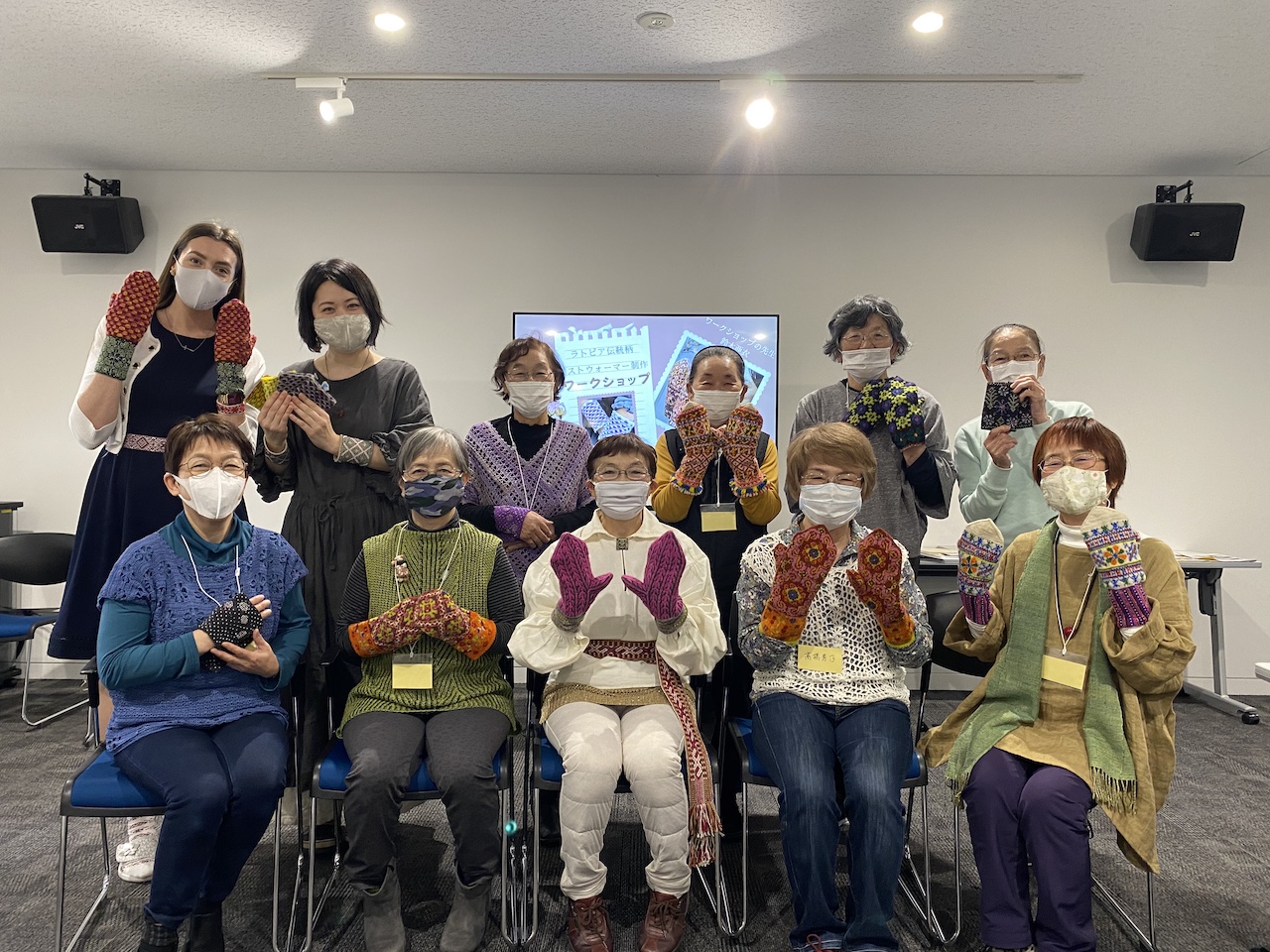 Image credit: JET Programme
Image credit: JET Programme
Under the JET Programme, there are 3 positions – Assistant Language Teacher (ALT), Coordinator for International Relations (CIR), and Sports Exchange Advisors (SEA).
Accounting for 90% of the participants, ALTs are employed as teaching assistants to Japanese teachers, helping out with foreign language classes and tasks such as preparation of teaching materials. Typically, they are dispatched to local education boards or public elementary, middle, and high schools.
As the ALT’s job scope mostly involves teaching a foreign language, applicants aiming for this position require little, if not none, Japanese language proficiency.
On the other hand, CIRs have to be fluent in Japanese as the role requires them to undertake translation and interpretation duties. The CIR position makes up less than 10% of the participants and it requires a minimum level of JLPT N2 proficiency.
They are placed in local or municipal government offices, facilitating exchange between local communities and international organisations.
Lastly, SEAs promote international cultural exchange through sports. As recruitment does not happen annually, our guide will focus on the application process for the ALT and CIR positions.
2. Remuneration & leave entitlement
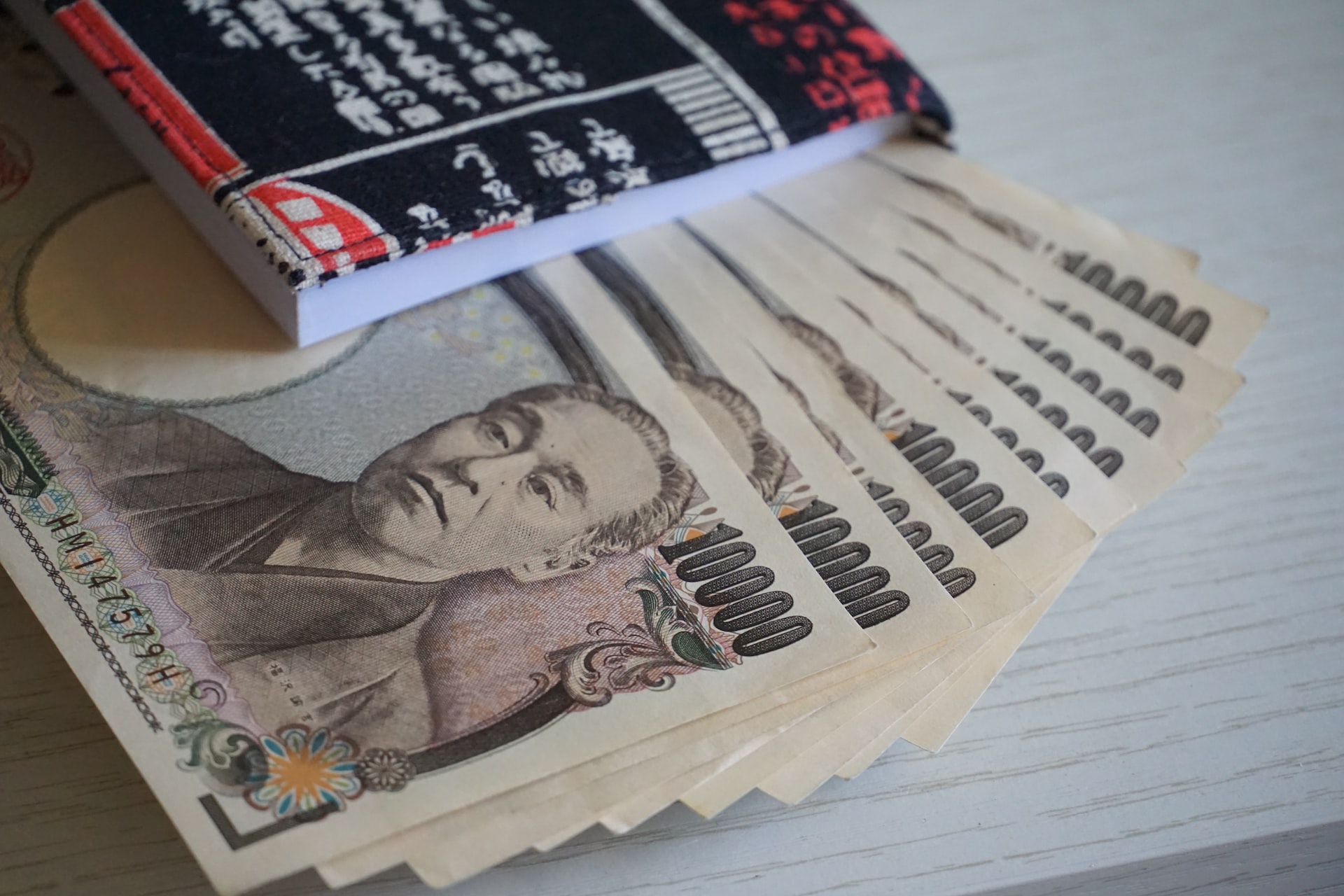 Image credit: jun rong loo
Image credit: jun rong loo
Participants under the JET Programme receive an annual stipend of ¥3,360,000 (~USD22,484.45) in their 1st year, ¥3,600,000 (~USD24,089.76) in their 2nd year, and ¥3,900,000 (~USD26,097.24) for the 3rd year. The pay raise continues till it hits ¥3,960,000 (~USD26,496.76) for the 4th and 5th year.
That said, as residents living in Japan, JET participants are required to pay income and resident taxes, as well as costs such as the national health insurance.
Depending on the contracting organisation you work for, the amount of paid time-off differs, but you should be given at least 10 days. On top of that, you’re entitled to sick days and even extended periods of holidays if you’re an ALT.
3. Job security
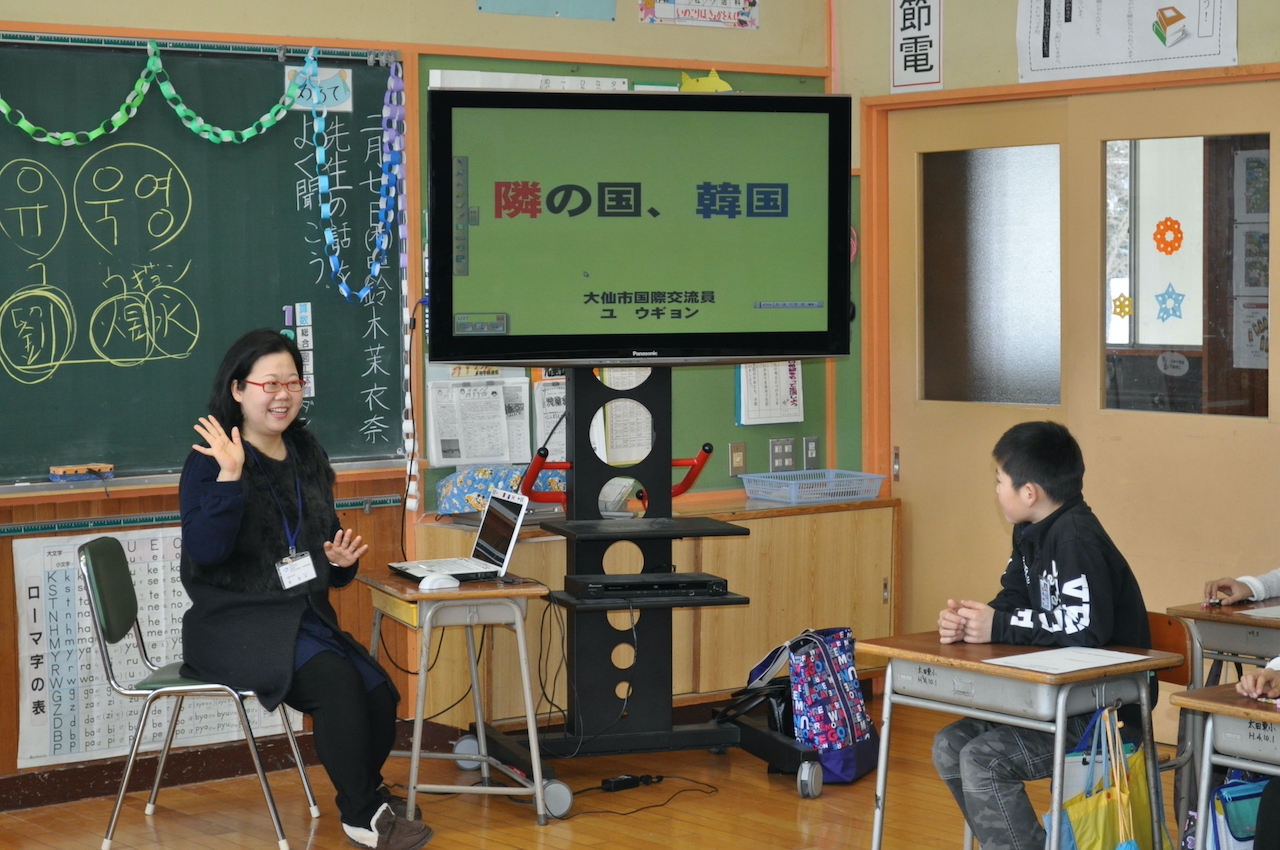 Image credit: CLAIR
Image credit: CLAIR
Once you’re accepted into the programme, it is possible to be reappointed on a 1-year contract basis, for a maximum of 5 years. Unless you’ve made a serious blunder or broken the law, most JET participants are offered reappointment letters at the end of the year, generally in October and November.
In other words, regardless of your personal life or career goals and what you are looking to get out of this experience, you’re guaranteed the choice of being employed in Japan for 5 years.
4. Culture & language immersion
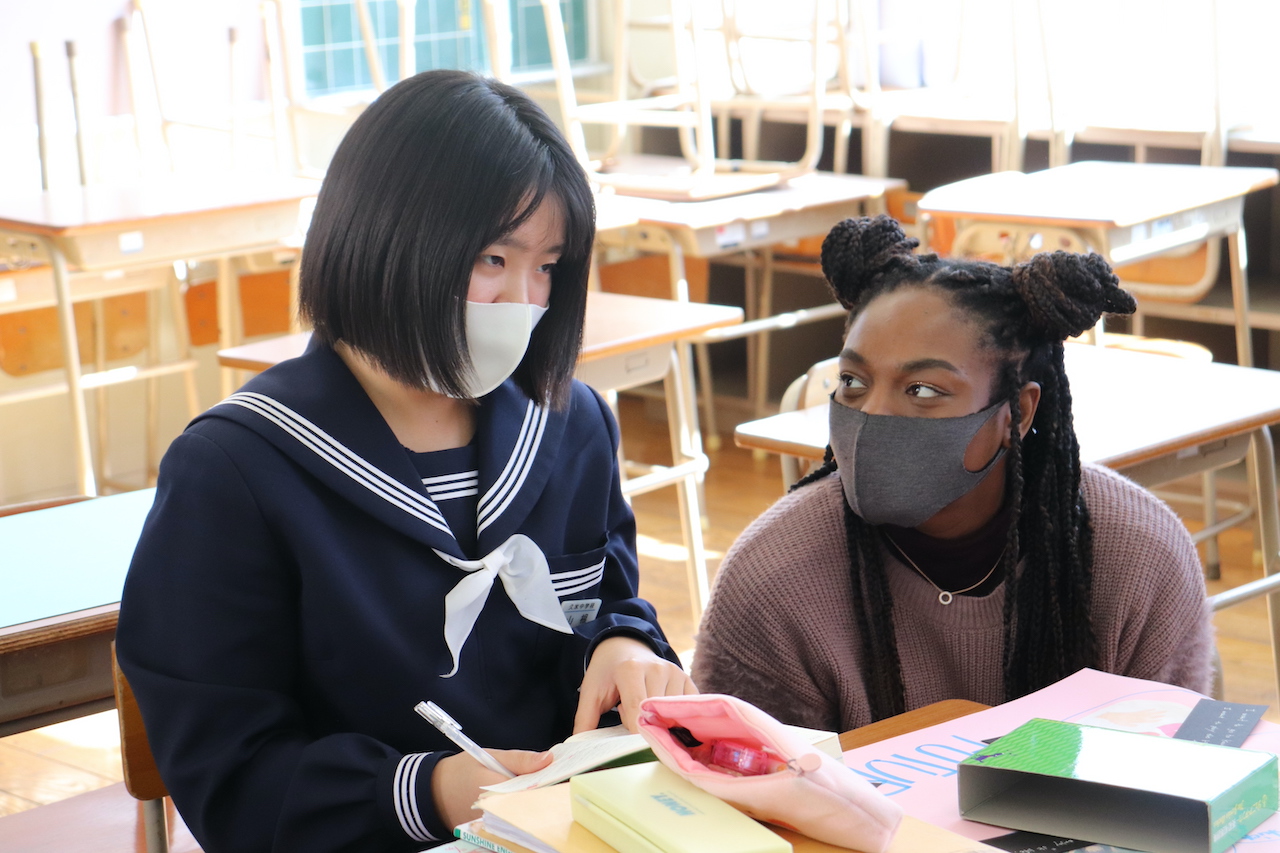 Image credit: JET Programme
Image credit: JET Programme
Get acquainted with the term “ESID”, which is short for “every situation is different”. Widely considered as the mantra of the programme, ESID encapsulates the JET experience as your work environment, living situation, rules, and even entitlements can differ drastically depending on your placement.
You can be placed in the countryside with plenty of downtime, or be actively involved in community engagement and grassroot involvement.
More than accumulating work experience, the JET Programme is an opportunity to fully immerse yourself in the culture and life in Japan. For fresh graduates who have always wanted to live abroad or language learners aiming for native fluency, the programme is a gateway to your goals.
5. Other benefits
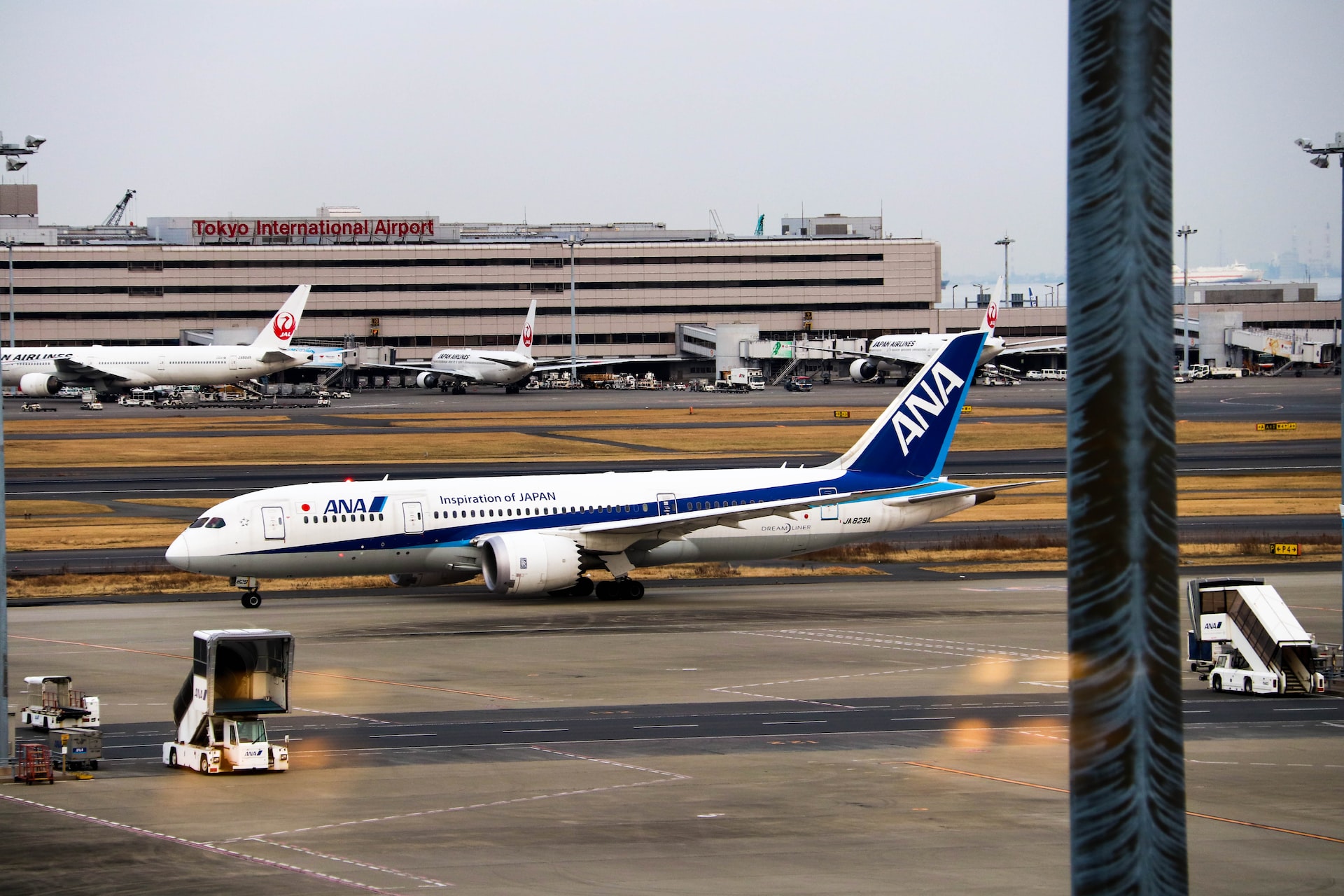 Image credit: Marcus Ng
Image credit: Marcus Ng
Besides a relatively generous pay package and leave entitlements, a round-trip to Japan is sponsored by the programme, which means you’ll have 1 less expense to worry about.
Other intangible benefits include having your accommodation set up for and arranged for you. Some JETs receive housing subsidies, while others are required to fork out the full sum. Whichever the case, having the administrative procedures sorted out saves you the trouble of going through the long arduous process of securing an apartment in Japan.
– Documents required –
After you’ve done your research and decided to commit, it’s time to get started on the application process. In true Japanese bureaucratic fashion, a long list of documents is required.
Depending where you’re from, details such as requirements and deadlines may differ, so do your due diligence by referring to the official JET Programme website for your country. In most cases, your application package must be submitted in hard copy before the stipulated deadline, though some countries like the US and UK accept applications through online portals.
1. Statement of Purpose (SOP)
 Image credit: note thanun
Image credit: note thanun
Arguably the most important part of your application, the Statement of Purpose (SOP) is your chance to add your personal voice amidst a sea of rigid documents. Spanning 2 pages, the SOP should tell a compelling story about you and what you can bring to the table.
What are your motivations? Why do you wish to go to Japan as a JET? How can you contribute to local communities with your relevant qualifications and skill sets? What do you hope to get out of the programme, and how does it relate to your future plans?
Remember, this is not a cover letter. Be honest and don’t be afraid to inject some emotion to convey why you want to live and work in Japan.
Be sure to get extra pairs of eyes, be it close friends and professional acquaintances, to proofread your draft. Every year, there are threads on Reddit that allow applicants to exchange feedback for their SOPs.
Content aside, avoiding shooting yourself in the foot and missing the chance for an interview due to formatting mistakes. Double check the requirements and page limits beforehand, and make sure to adhere to it.
2. Application Form
The Application Form is a fairly straightforward document that requires you to detail your education and employment history, relevant qualifications or experience, Japanese language proficiency, and other necessary details. At this stage, you may also be asked to indicate your preference for your placement, though assignments may not be made accordingly.
For CIRs candidates, there may be cases where you are not offered the role but are eligible for the ALT position. Be sure to state your willingness if you’d like to be considered for the alternative.
3. Self-Report of Medical Conditions
 Image credit: Christina Victoria Craft
Image credit: Christina Victoria Craft
The Self-Report of Medical Conditions is a declaration of your medical history and health. Answer them as truthfully as possible. The information given will affect your placement and be referred to if medical emergencies occur during your stay in Japan.
Applicants who have suffered or are suffering from physical or mental illnesses will be required to submit an additional document from their physician to indicate that they are fit to participate in the programme.
4. Letters of Recommendation
 Image credit: Mediamodifier
Image credit: Mediamodifier
Apart from your SOP, the Letter of Recommendation is arguably the other most important document that will make or break your chances of securing an interview. 2 letters of references, either professional or academic, should be submitted. And if you’ve yet to graduate, one of the referees must be someone from your university.
Avoid generic letters and try to ask for references from someone who knows you well and can attest to your capabilities, such as a supervisor you’ve worked closely with or your thesis professor. Extra letters will not be accepted, so choose the best references.
5. University transcripts
Applicants must hold at least a Bachelor’s degree. Hence, the programme requires official transcripts from all college and university courses taken. This includes study abroad institutions, and anything less than the certified copies of official physical documents will be rejected.
In some cases where only digital copies are available, you may be asked to submit printed copies, so refer to your country’s official JET Programme website for any specific instruction.
6. Proof of Graduation or Expected Graduation
 Image credit: Vasily Koloda
Image credit: Vasily Koloda
This part is pretty easy – simply attach your degree certificate or transcript which explicitly states your graduation date. If you have yet to graduate but are due to obtain the relevant qualifications by the designated arrival date, a certificate of expected date of graduation will suffice.
7. Proof of Citizenship
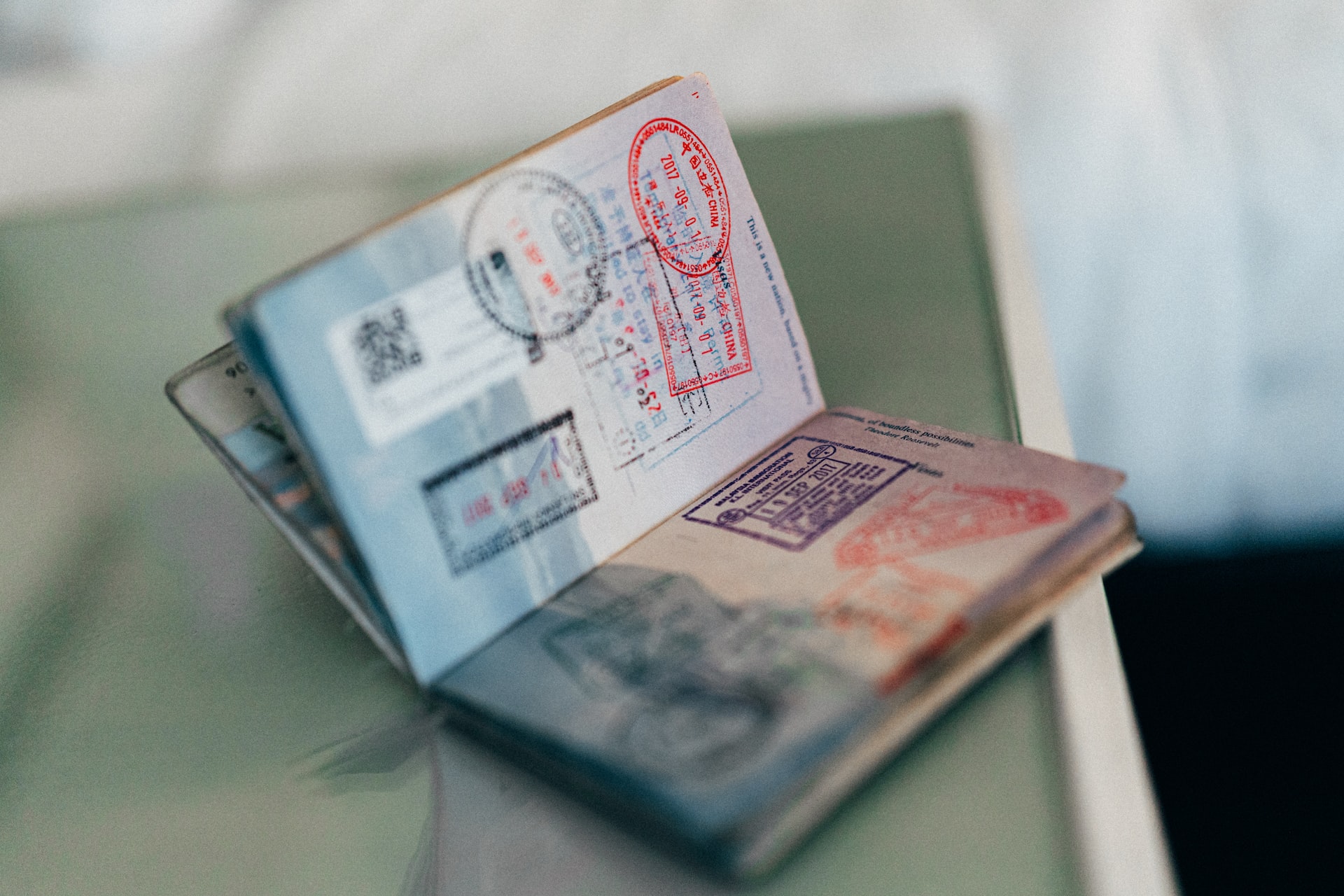
Image credit: ConvertKit
For the Proof of Citizenship, any document that shows your nationality is acceptable. Examples include a copy of your passport or birth certificate.
– Supplementary materials –
1. Statement of Physician
If you’ve declared any physical or mental medical condition, or are under prescription medication, you’re required to obtain a Statement of Physician. It is a confirmation letter from your doctor-in-charge indicating that you’re healthy enough to move to and live in Japan.
2. Criminal Background Check
Applicants who have listed criminal records on their application forms will have to furnish official documents that outline their criminal history. Regulations differ from country to country, so look up the necessary procedures to apply for the certificate.
3. Teaching or language proficiency qualifications
 Image credit: Taylor Flowe
Image credit: Taylor Flowe
If you have some teaching experience under your belt or have certifications to teach English to non-native speakers (TESL, TEFL or TESOL), this is the time to bring out the big guns. Training qualifications are not a strict pre-requisite for the programme, but it will definitely help you stand out from the sea of eager candidates.
For CIR applicants, you’ll have to provide a N2 or N1 level JLPT certificate.
– Preparing for the interview –
1. What to expect
 Image credit: Mapbox
Image credit: Mapbox
Congratulations! You’ve been shortlisted for the interview and are now one step closer to becoming a full-fledged JET participant.
Lasting around 20 to 25 minutes, the interview will have a panel of interviewers working through questions and scenarios to find out your motivations and compatibility with the programme. It usually comprises a mix of JET alumni, personnel from the embassy, and a professional educator from Japan.
Questions asked will generally revolve around your reasons for joining, how you cope with the difficulties of living in a foreign country, and how you plan on promoting cultural exchange. There are plenty of resources online that list out commonly asked questions, but avoid simply coming up with an answer beforehand and regurgitating it during the session.
ALT candidates may also be given scenarios to act out, such as pacifying a student who refuses to learn English, or introducing a new cultural activity to a class.
2. Think about your goals beforehand
 Image credit: Masaaki Komori
Image credit: Masaaki Komori
If there’s one thing you should remember, it is that the core of the JET Programme is to promote culture exchange between Japan and other countries. Whenever possible, always try to tie your answers seamlessly to this overarching goal.
Demonstrate your passion in aligning your vision with the programme’s mantra, how you’ll be sharing your culture with local communities in Japan, and immersing yourself in the new environment.
3. Demonstrate flexibility & resilience

Image credit: Victor Lu
Moving to and working in Japan may sound like sunshine and rainbows, but uprooting yourself and moving across the globe comes with its fair share of challenges. As such, candidates who are flexible and adapt easily to abrupt changes will be deemed more suitable for the requirements of the job.
You may be asked uncomfortable, yet very relevant questions, such as dealing with culture shock, homesickness, and even disappointment with an unsatisfactory placement. Be honest with your answers and demonstrate that you possess the mental capacity and willingness to adapt to unfamiliar circumstances.
4. Brush up on your Japanese
 Image credit: Eepeng Cheong
Image credit: Eepeng Cheong
For ALTs, regardless of your Japanese proficiency level, there will be a short bonus section where the interviewer will ask you a series of questions in Japanese. Don’t worry about speaking perfect Japanese as this part is done in order to determine your language level and eventual placement.
Questions will start off relatively easy and become progressively hard. Answer as much as you can, and politely let the panel know if you don’t understand and they will move on.
The format for CIRs, however, differs slightly. Typically, you’d be asked a few questions at the start, then handed an article to read and digest. Afterwards, you’ll likely be thrown a few basic reading comprehension questions and asked to share your thoughts on the article’s topic.
That said, it’s impossible to predict the kind of topics they’d touch on, or if the interview format will remain the same each year. In the days leading up to the interview, warm up your Japanese skills by reading and listening to the news and speaking as much as possible to ensure that you’re in your best condition on D-Day.
5. The proper attire
 Image credit: Hunters Race
Image credit: Hunters Race
This goes without saying, but the interview for the JET Programme is just like any other job interview, so be dressed for the occasion.
Follow the standard business formal dress code for Japanese job interviews. Male candidates should don a black or dark-coloured solid suit and a white shirt. Avoid flashy ties and socks, instead opting for plain ones that go with your suit.
For female candidates, keep your makeup natural and basic, and avoid eye-catching accessories that will distract the interviewers. Dark skirt suits in black or navy are safe choices, and make sure that your skirt is just above the knee level and not too tight. Complete the look with a pair of simple black pumps.
Step-by-step guide to applying for the JET Programme
Now that you have the details down pat, it is time to take the first step towards your goal of working and living in Japan as a JET. All the best!
For more guides about life in Japan, check out:
- Getting around in Japan
- Studying in Japan
- A guide to landing a job and working in Japan
- How to sort your trash in Japan
- Tips to know for first-time visitors to Japan
Cover image adapted from (clockwise from top-left): jun rong loo, Mapbox, Mediamodifier and JET Programme
